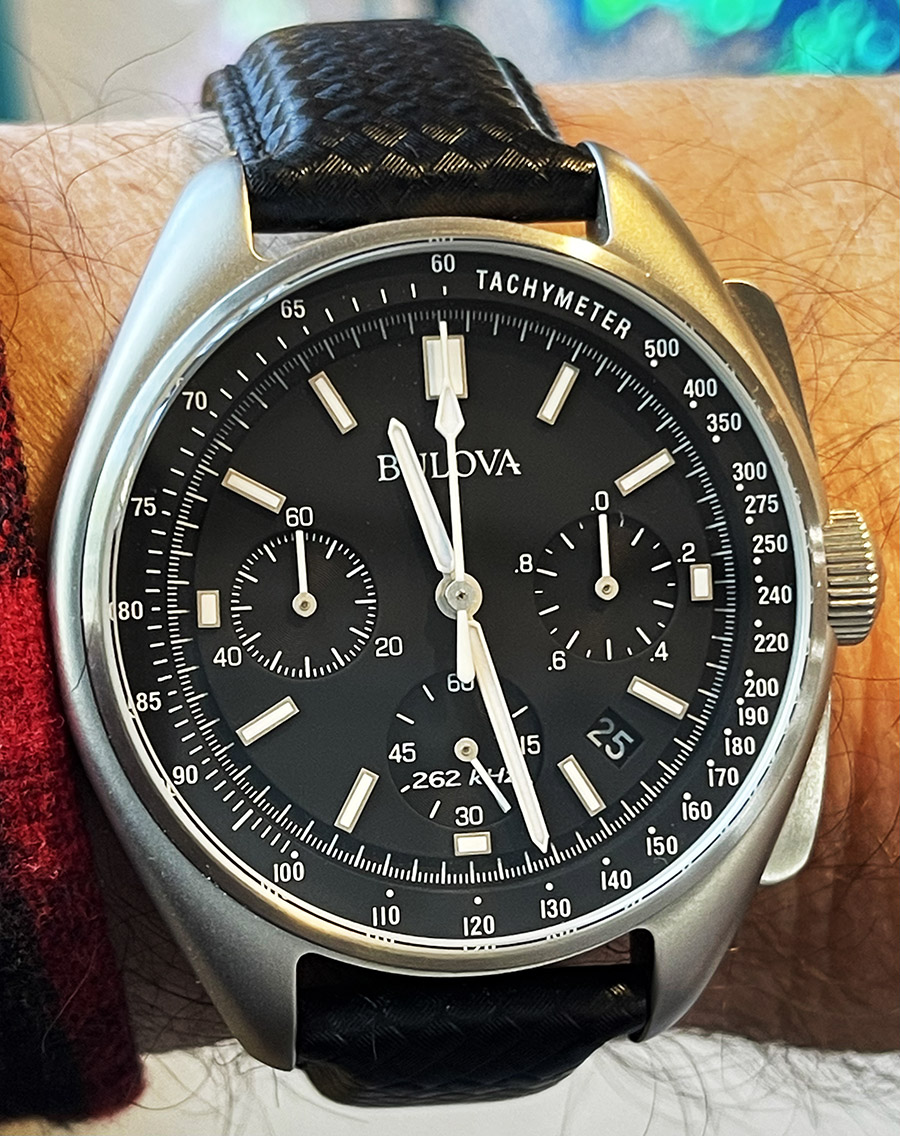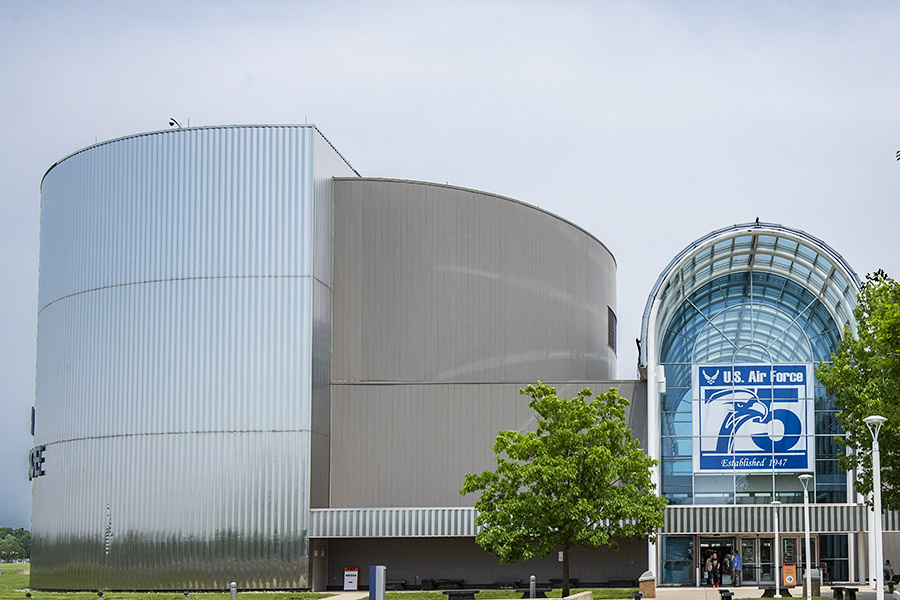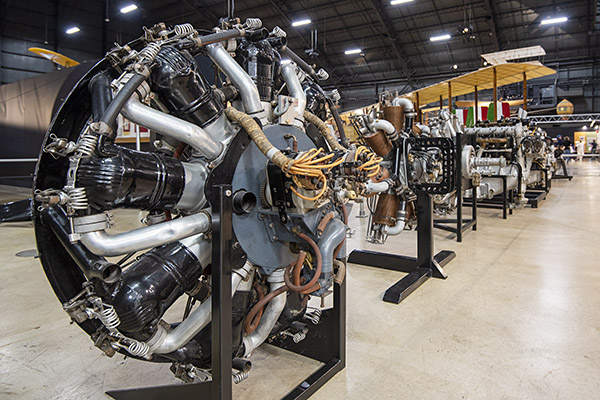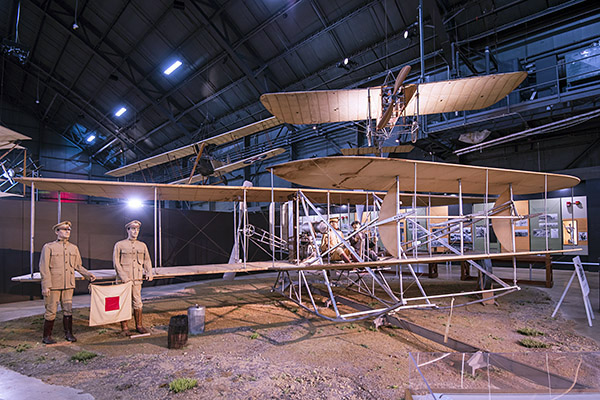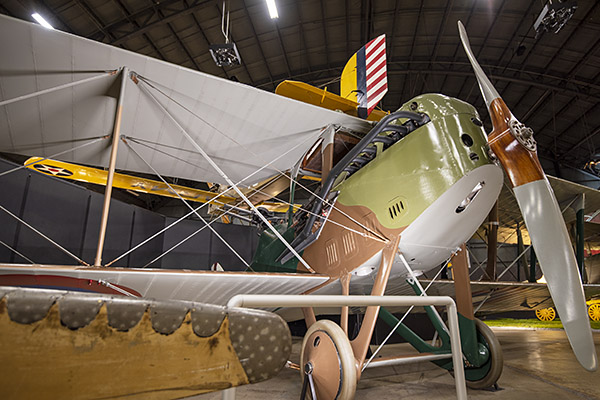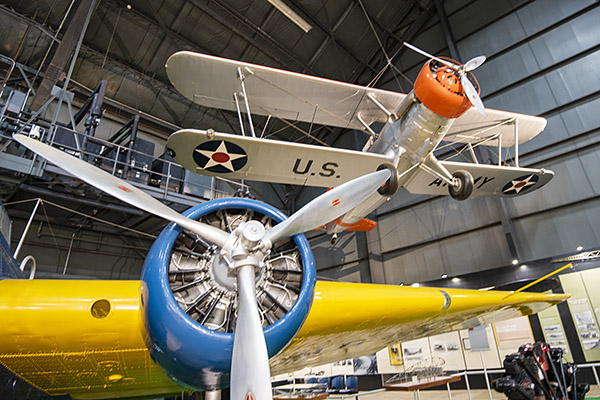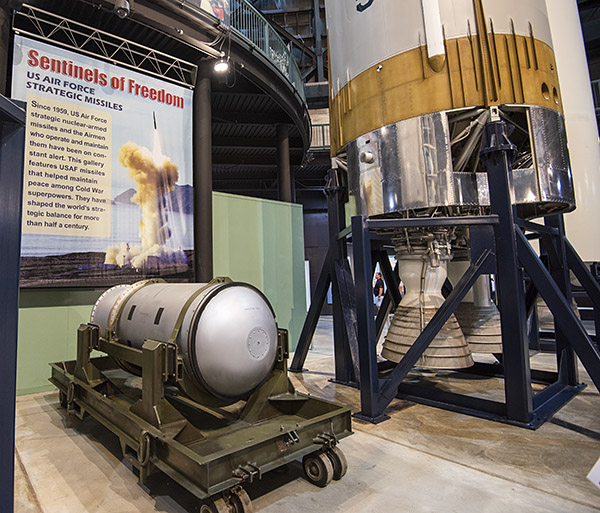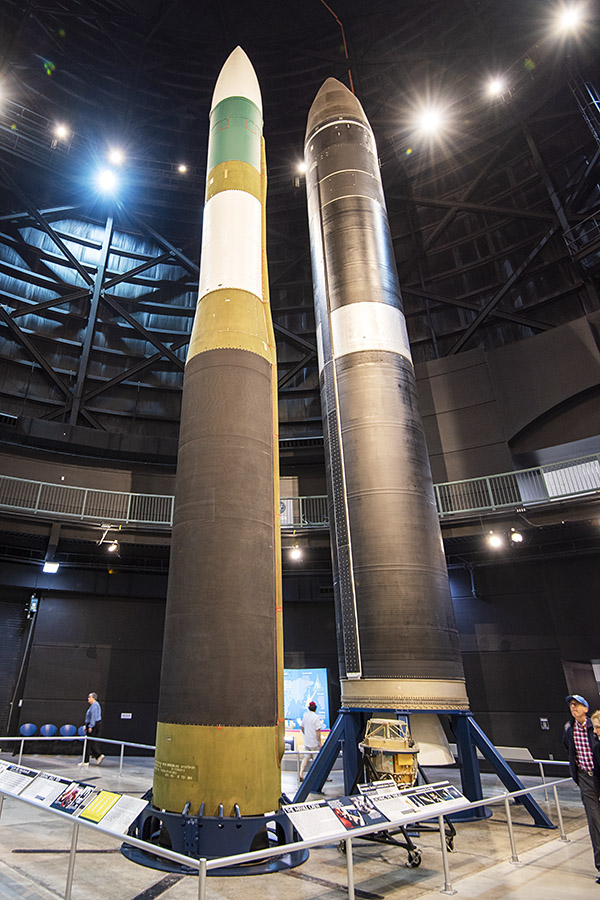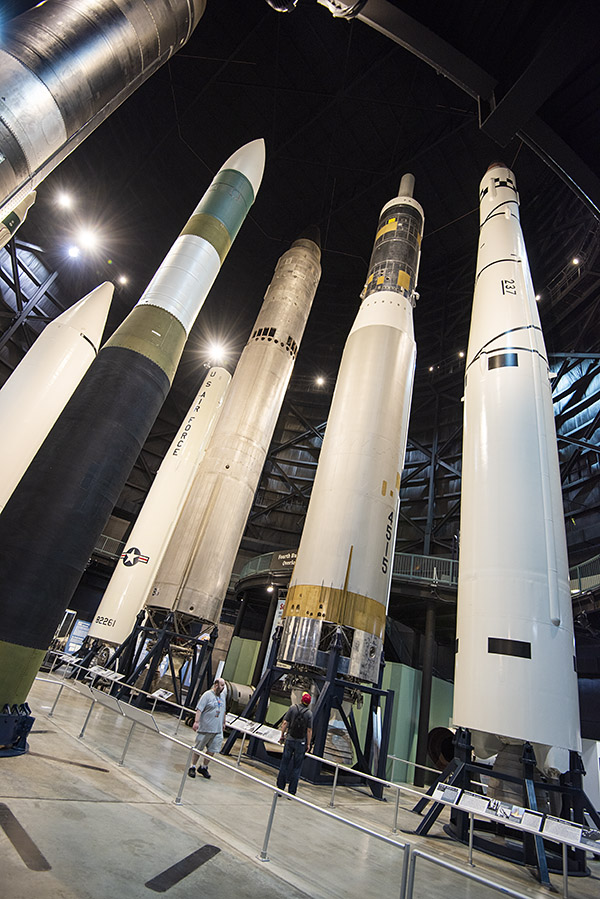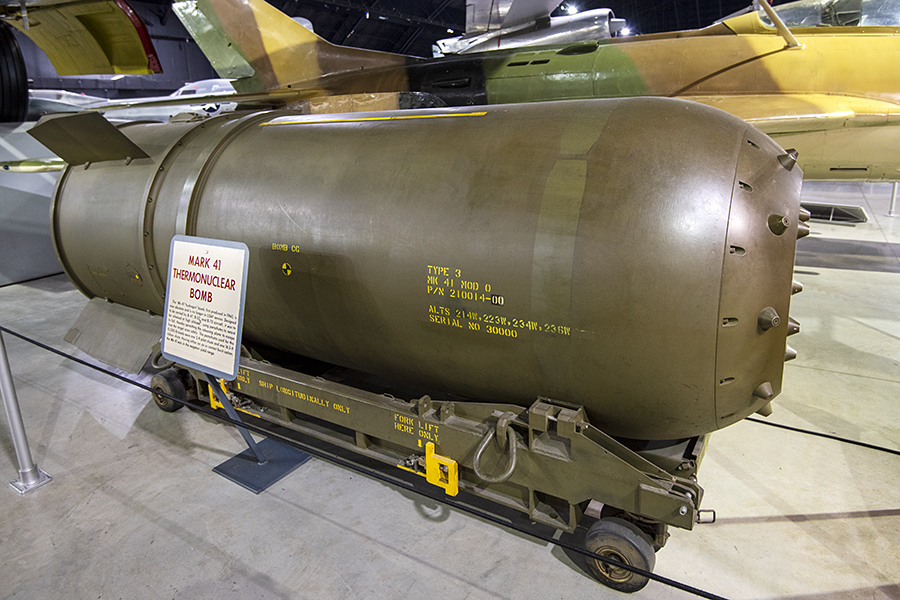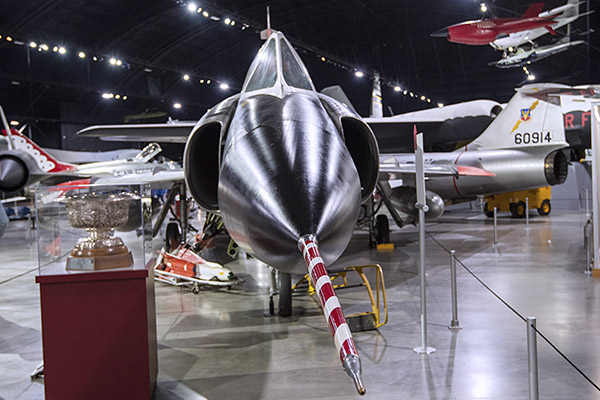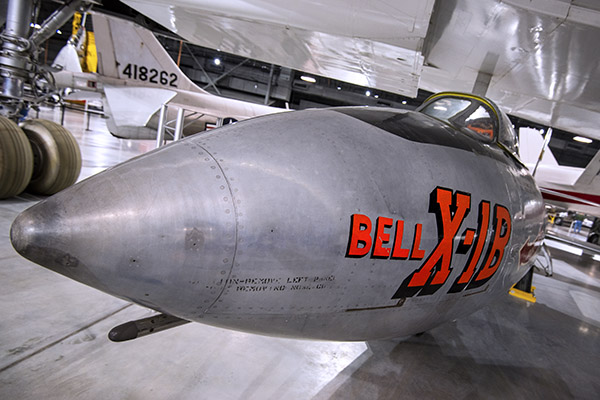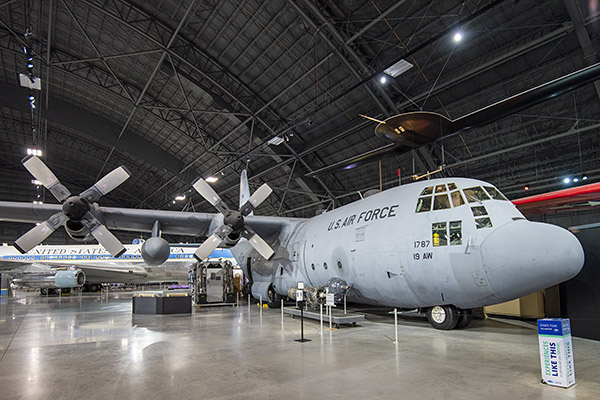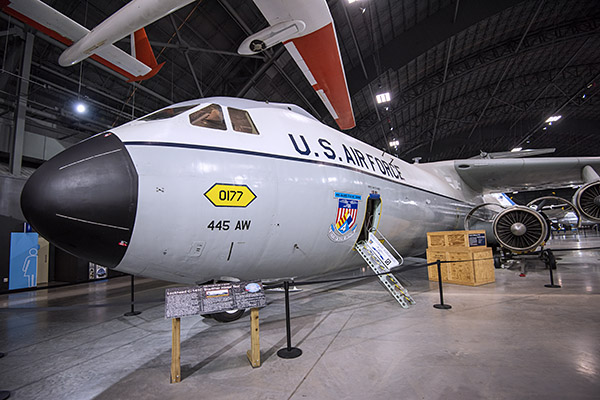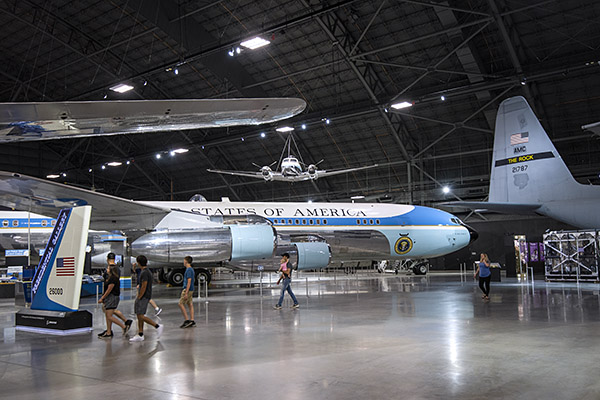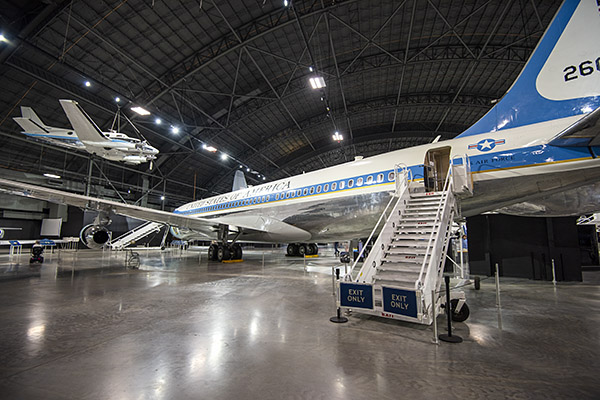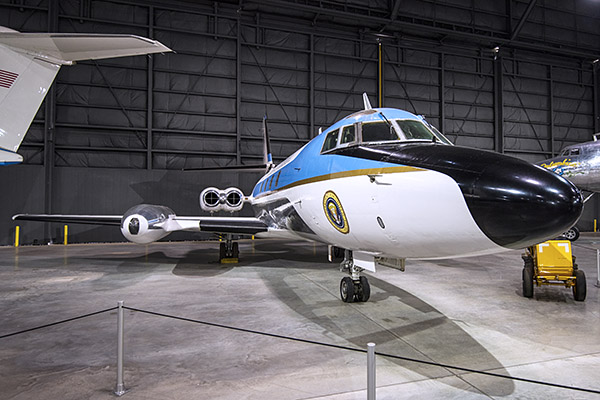By Joe Berk
I’ve always been a watch guy. It probably started when my parents surprised me with a Timex when I was a kid. The thought of having my own wristwatch was heady stuff for a boy back on the east coast (or anywhere else, I imagine). To make a long story short, I’ve been a watch collector ever since. I don’t specialize, and many times I won’t keep a watch forever. If I like the way a watch looks and it’s not crazy expensive, I’ll wear it for a while, with the duration of “a while” usually determined by the time it takes for the next interesting thing to catch my eye.
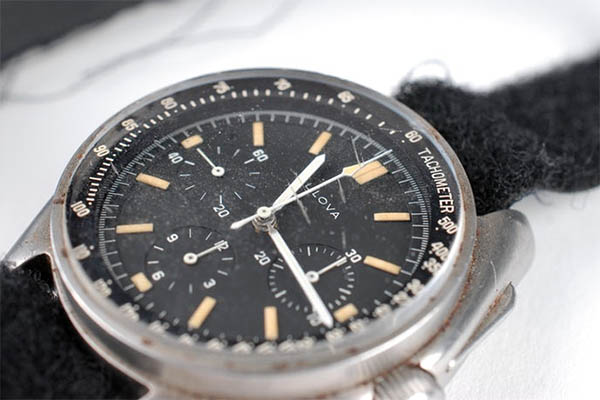
I make no excuses: I like watches, and I always wonder about guys who don’t wear them. Not wearing a watch is a common thing with young guys today. When I taught in Cal Poly’s College of Engineering, one of my topics focused on how to do well in an interview. My guidance was simple. Dress sharply, be early, look the interviewer right in the eye, speak up, don’t use the word “like” incessantly when you speak, and wear a watch. A lot of kids today don’t wear watches. If they have any interest in knowing what time it is, they look at their iPhone. That’s a no go, I’d tell my students. If you don’t wear a watch, the person interviewing you will conclude you have no sense of time-based urgency. It’s what I always concluded when someone showed up not wearing a watch.
Anyway, to get to the subject of this blog, I want to tell you about the Bulova Lunar Pilot. It’s a cool piece with an interesting story that goes like this: With the advent of the Apollo lunar exploration program (the NASA endeavor to put men on the moon), the US government decided we needed an official space watch. Omega won the competition with their Speedmaster watch, and for the next 14 missions, that’s what astronauts wore.
Here’s where it gets complicated and where the story gets Internet-fuzzy. Depending on which source you believe, Astronaut Dave Scott wore a Bulova watch on the Apollo 15 mission for one of the following reasons:
He wore the Bulova watch because his Omega broke.
He wore the Bulova watch because he felt like it.
He wore the Bulova watch because Bulova was trying to replace Omega as the official NASA watch.
He wore the watch because the US government, Bulova, or other parties wanted the official watch to be something made in America.
Whatever the reason (and you can find stories supporting each of the above floating around in that most authoritative of all sources, the Internet), Dave Scott wore the Bulova on the Apollo 15 mission, and Omega went from being “the only watch worn on the moon” to “the first watch worn on the moon.” It could not have gone over well at the Omega factory.
Dave Scott’s original Bulova, the one he wore on the moon, sold at auction a few years ago. The predicted auction price was $50,000. As predictions go, it wasn’t a very good one. When the gavel came down and the dust cleared, Scott’s Bulova sold for a cool $1.3 million. Throw in the auction commission and other fees, and you’re talking about a $1.625-million wristwatch. Wowee!
Bulova, today no longer an American watch company (they were bought by Citizen a few years ago) recognized a marketing opportunity when it fell into their laps, and they re-issued an internally updated version of Scott’s watch as the Bulova Lunar Pilot, complete with a 262 kHz Accutron movement. I have no idea what a 262 kHz movement is, except that the Bulova marketing hype tells me it means it’s super accurate.
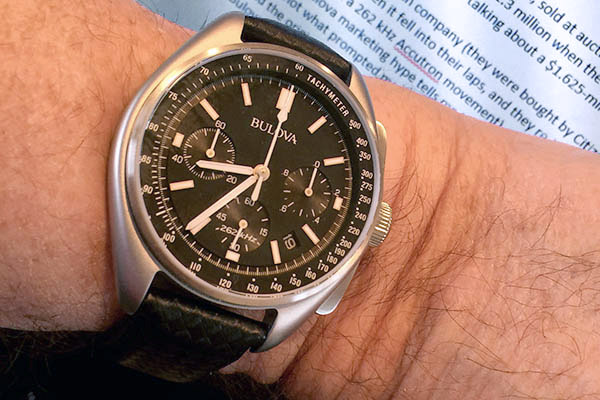
The increased accuracy really didn’t matter to me when I saw the watch (I’m retired now and I seldom need 262 kHz accuracy when I decide I feel like going somewhere), so that’s not what prompted me to pull the trigger. I just like the way it looks, I like the swirl of stories around the original Bulova moon watch, and my Dad wore a Bulova when I was a kid.
Oh, one other thing helped…a trick that has prompted me to pull the trigger on other discretionary purposes. You know how the Internet spies on us, right? I mean, folks complain all the time about looking at something on Amazon or whatever and then it starts showing up in their Facebook feed. That’s not always a bad thing. When I first looked at the Bulova Lunar Pilot it was a $600 bauble. I wasn’t going to pay that kind of money, and I guess the spymasters/Internet marketeers figured that one out. They and I knew it was a waiting game to see who would blink first. Because I had looked for the watch on Amazon, I started getting emails from different retailers to buy the watch for less, and I let those roll in. Delete, delete, delete, and then one day, an offer floated into my inbox for $299. Hmmm. Delete. And sure enough, a day or two later and that $299 offer came with a coupon for $20 off and free shipping on my first order. Ka ching!

